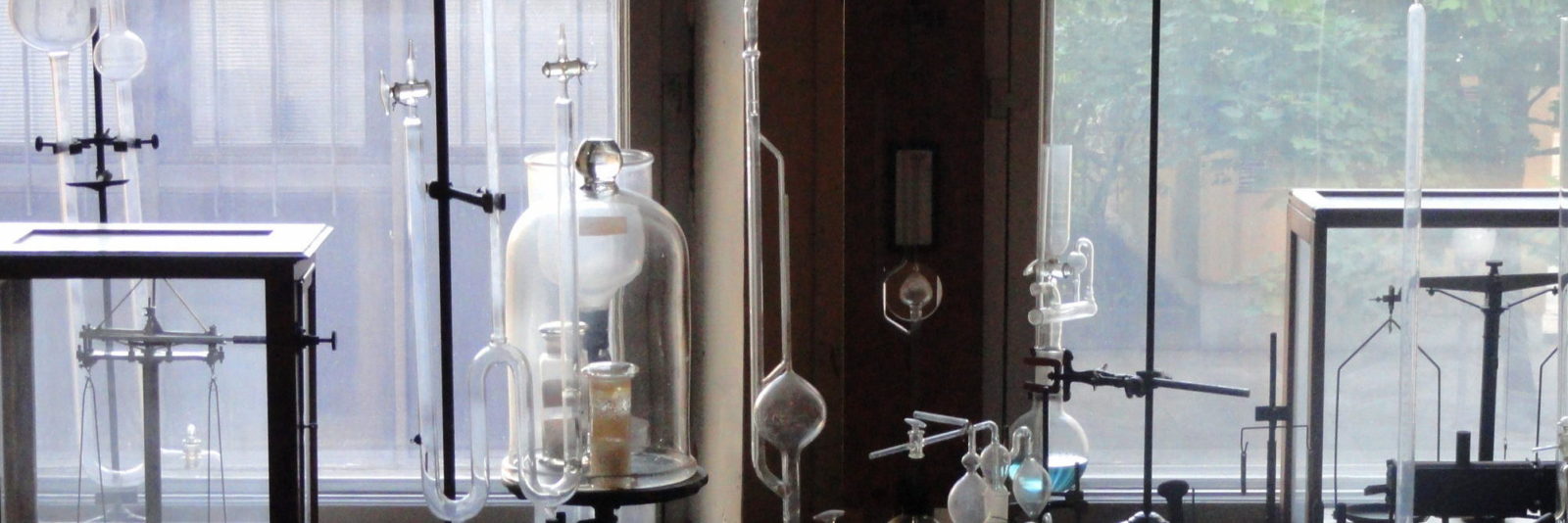Are You Eligible for an R&D Tax Credit?
Table of Contents
R&D tax credits can be confusing, especially in the United States. With new laws coming into effect every year for the past decade, some businesses may be uncertain about what benefits they can receive from the government.
Let’s take a look at what R&D tax credits are available, and try to clear a few things up!
What Counts as R&D?
Nearly any sort of time, money, or resource that is spent with the goal of improving and advancing a company’s products or processes can be considered research and development. With this is in mind, almost any company that creates anything may be eligible for R&D tax credits. From improving existing software to testing ideas to manufacturing something as futuristic as a flying car, virtually any kind of research and development costs can count toward a tax credit. This includes wages for workers, materials purchased, and anything that played a part in the process of creation or improvement.
Do You Qualify for Research and Development Tax Credits?
In the U.S. or U.K., virtually any company of any size that spends money on research and development can qualify for tax credits.
How Much of a Rebate Can You Get?
The amount of tax credits that you can receive depends on the size of your business and where your operations are based out of. The United States and the United Kingdom have different policies for providing R&D-based tax relief, but the qualifications for receiving tax credits are essentially the same. Generally, the smaller the company (and the less revenue they are generating), the larger percentage of their R&D expenses they can relieve with tax credits.
R&D Tax Credits for Startups and Small Businesses (United States)
For R&D tax credit purposes, a startup is defined as a company with less than $5 million in gross receipts and no more than five years of gross receipts. These companies can earn up to $250,000 in federal R&D tax credits to offset payroll taxes. This allows startups developing new and innovative technology or processes to get some much needed assistance with labor expenses.
With the recent update to this R&D regulation, payroll that is being paid out in 2016 is eligible for tax credits. This means that the accrued credits can be used to offset payroll tax costs in 2017 from the previous year.
Small and Medium Businesses (UK)
In order to be considered a small or medium business in the UK, your business must have less than 500 people and have either a turnover of below £100 million or gross assets of less than £86 million.
These businesses can gain a significant benefit from recent tax credit legislation. If an SMB is profitable, up to 26% of its R&D expenses may be subject to a tax credit.
Loss-making SMB’s in the UK are able to take advantage of an even larger credit. These companies can receive up to 33.35% of their R&D expenditure as tax credits. For businesses that are looking to improve or create products and processes, this is an immense help — especially for new organizations that are prone to experience losses as they ramp up their business.
Large Businesses (United States)
Larger U.S.-based businesses are not subject to one flat rate. Instead, there are different amounts that can be awarded, based on a particular industry.
It can be difficult for American-based businesses to properly classify themselves into one of the tax credit categories. For example a company might make shampoo and food coloring. That company could fit under chemical manufacturing and food sciences, depending on how it is viewed. That’s why it’s best to work with a tax specialist to determine your business category and eligibility, and to ensure that you are maximizing your tax benefits.
Large Businesses (UK)
To qualify as a large business in the UK, an organization must have more than 500 people or a turnover above £100 million, and gross assets of more than £86 million.
For large businesses, tax relief is given at 11% of qualifying R&D expenditure. Although this is only about one-third of the maximum SMB rate, the total credit that can be claimed does not have a ceiling or maximum. Companies that conduct research and development can reap major rewards when it comes to tax credits and reductions. According to Ernst & Young, “for a 20% taxpayer, this [the 11% credit] typically results in an 8.8% net benefit after tax.”
Subcontractors of large UK businesses may also have a claim to these tax benefits. Depending on the amount of R&D work they perform for a large business, it’s possible that they can receive tax credits for their own income and payments.
How to Maximize Your R&D Tax Credit
With many opportunities to obtain a tax credit for research and development, it’s critically important to take the right steps to ensure a maximum benefit.
Step 1 – Track Time
By tracking employee time, you will have an exact gauge of the amount of hours that your team spends on research and development. Whether employees are paid by the hour or are on salary, time tracking provides an easy way to understand to the true labor costs of any R&D activity. Also, time tracking provides additional documentation to auditors or others looking to confirm the accuracy of your R&D claims.
Step 2 – Clearly Outline Your Project
In addition to documenting the time and expenses spent on research and development, you must also include a clear outline of your project. This will be used to prove that what you are filing for counts as research and development. You will want to explain how your project qualifies as a venture of uncertainty and new development. (This is an area where potential tax credits are easily lost, due to poor outlining of the process, outcomes, and originality of the project. We strongly recommend working with a tax professional before filing any claims!)
Step 3 – Accurately Report Financials
When preparing to file for a tax credit, your report should outline three main components:
- Labor – people employed by your company and the hours they spend on R&D.
- Subcontractors – people not employed by your company but paid to do R&D.
- Supplies – any materials or consumables purchased in the scope of the project.
Step 4 – Consult a Tax Professional Before You File
There are thousands of tax specialists who can help you maximize your R&D tax credit. If you are uncertain as to whether or not you qualify for an R&D tax credit, or if you (wisely) want to make sure you are doing things the right way, we recommend working with a professional. The parameters for qualifying for a tax credit may be broader than you think, and when properly managed, R&D tax credits can provide a significant benefit to your business.






